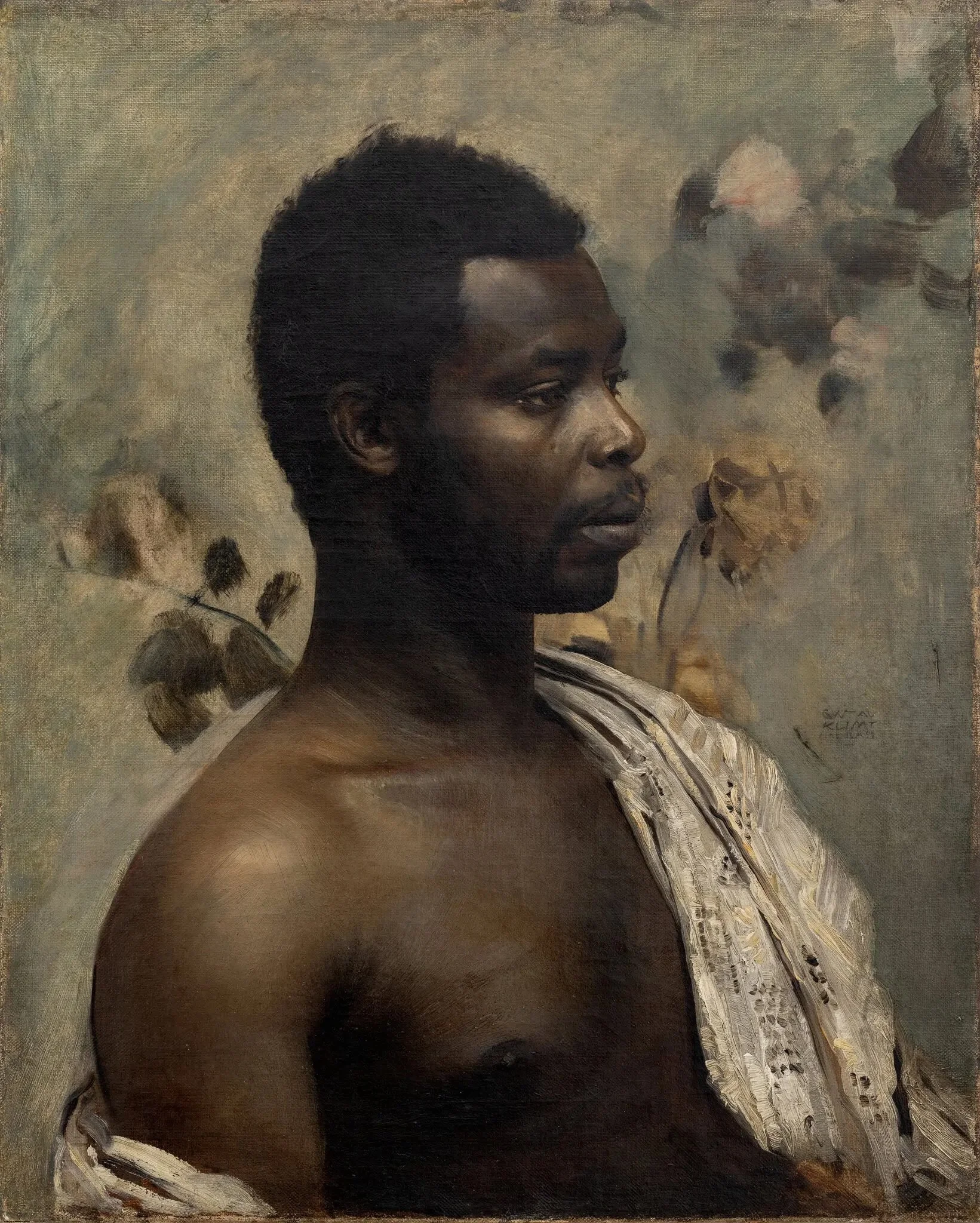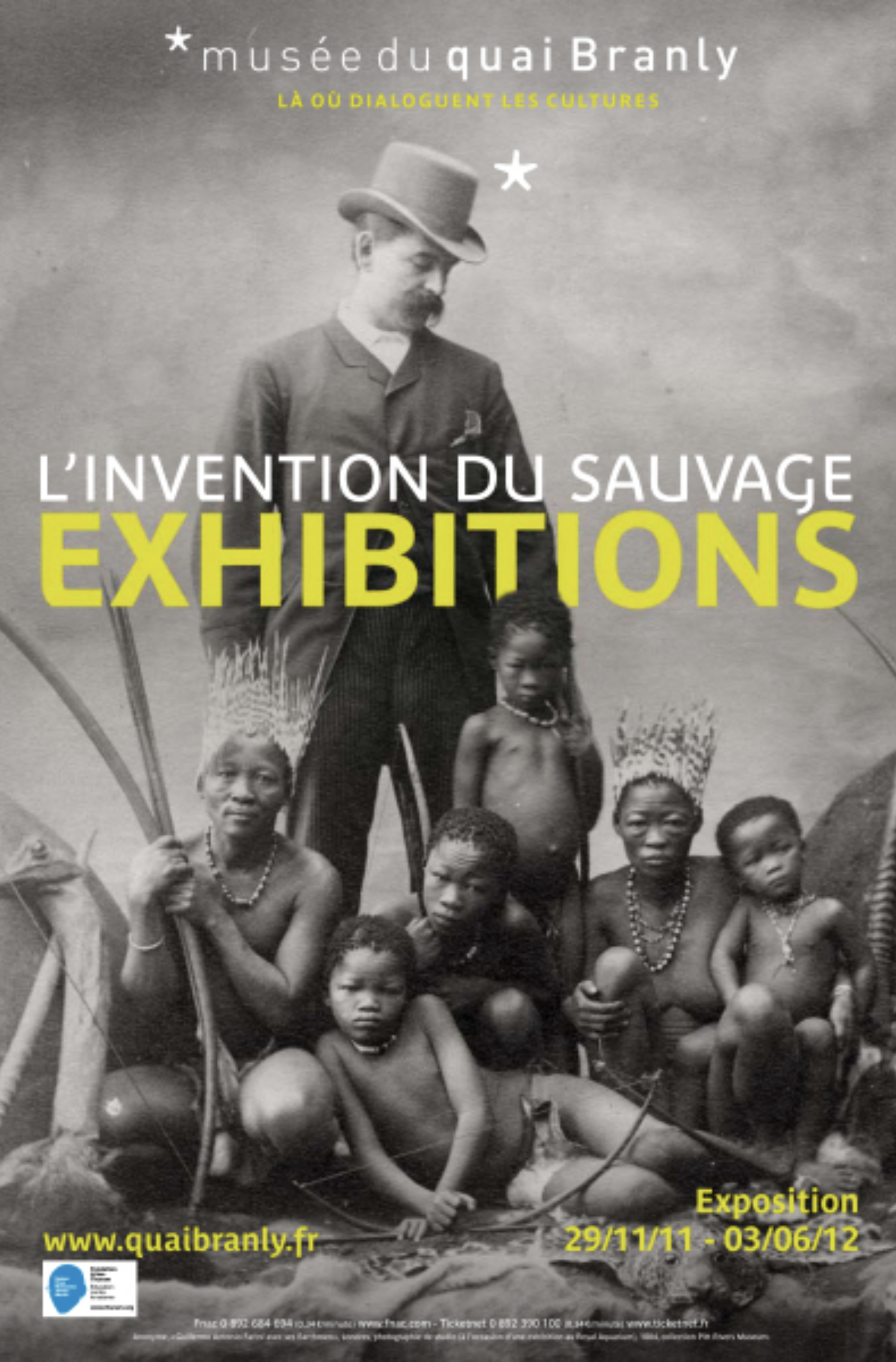Gustav Klimt Painting of Prince William Nii Nortey Dowuona Forces Reflection on Human Zoos
/A potentially lost forever, early artwork by renowned Austrian artist Gustav Klimt, missing since the 1930s, is now being exhibited after its recent recovery. The painting portrays Prince William Nii Nortey Dowuona, a leader of the Ga people from what is now known as Ghana in West Africa. Created in 1897, the portrait shows the prince in profile set against an abstract floral backdrop. Measuring just over 2 feet in height, the compact artwork is being showcased by the Viennese gallery Wienerroither & Kohlbacher (W&K) at the TEFAF Maastricht art fair in the Netherlands, with an asking price of €15 million (approximately $16.3 million).
The Rise of Ethnographic Showcases or ‘Human Zoos’
According to W&K, the painting was created by the artist amid the 1897 Vienna Völkerschau. These Völkerschau exhibitions were ethnographic showcases — also called human zoos — from the colonial era. These widely-attended exhibitions across Europe during the 19th and 20th centuries were often businesses created for financial profit.
Prince William Nii Nortey Dowuona’s Ancestry
Investigations into this exhibition revealed that about 120 members of the Osu tribe traveled on a mail steamer to Vienna and went on display for eager audiences numbering as many as 10,000 a day. Gustav Klimt attended the 1897 event with a fellow artist.
In modern Ghana, the Osu and Ga communities share a complex history that is characterized by various interactions and relationships deeply rooted in their shared geographical and cultural spaces. Both communities predominantly reside in the Greater Accra Region, with the Osu people being a subset of the larger Ga ethnic group. Historically, these interactions have been influenced by factors such as kinship, trade, and colonial history.
Germany’s Rich History of Human Exhibitions
In the 19th century, the word 'Völkerschau' was widely used to describe exhibitions where individuals from specific ethnic groups were displayed, primarily for profit. From the establishment of the Reich in 1871 until the 1930s, Germany hosted roughly 400 of these exhibitions.
Each showcased ethnic groups using a standardized format that reinforced stereotypes about the featured communities. This approach perpetuated an ongoing 'cycle of stereotypes', reinforcing visitors' existing biases while also leading them to develop new ones.
With the advent of talkies and, eventually, long-distance travel, 'Völkerschauen' vanished from public view in Germany during the 1930s. Similar events are found everywhere in global history including America.
Quai Branly Museum in Paris 2011
In 2011, the Quai Branly Museum in Paris hosted a provocative and illuminating exhibit that delved into this dark and largely-forgotten aspect of modern history: the phenomenon of human exhibitions, often derogatorily referred to as ‘human zoos.’

